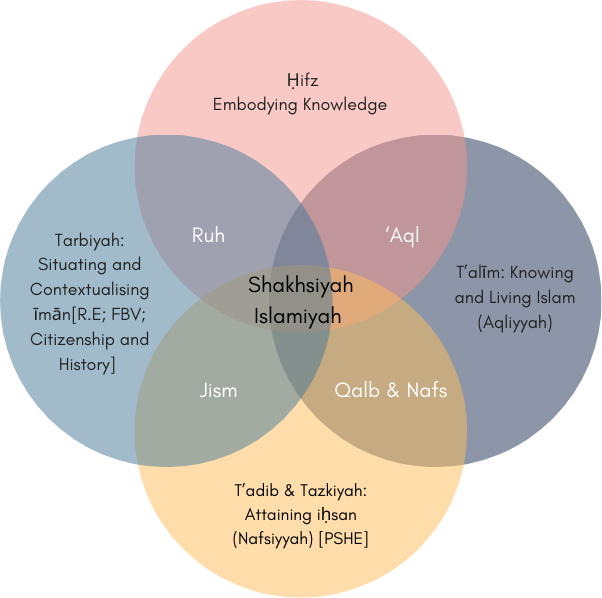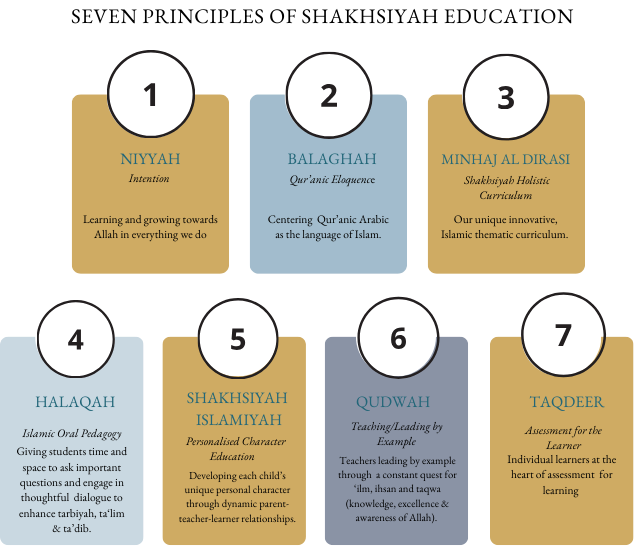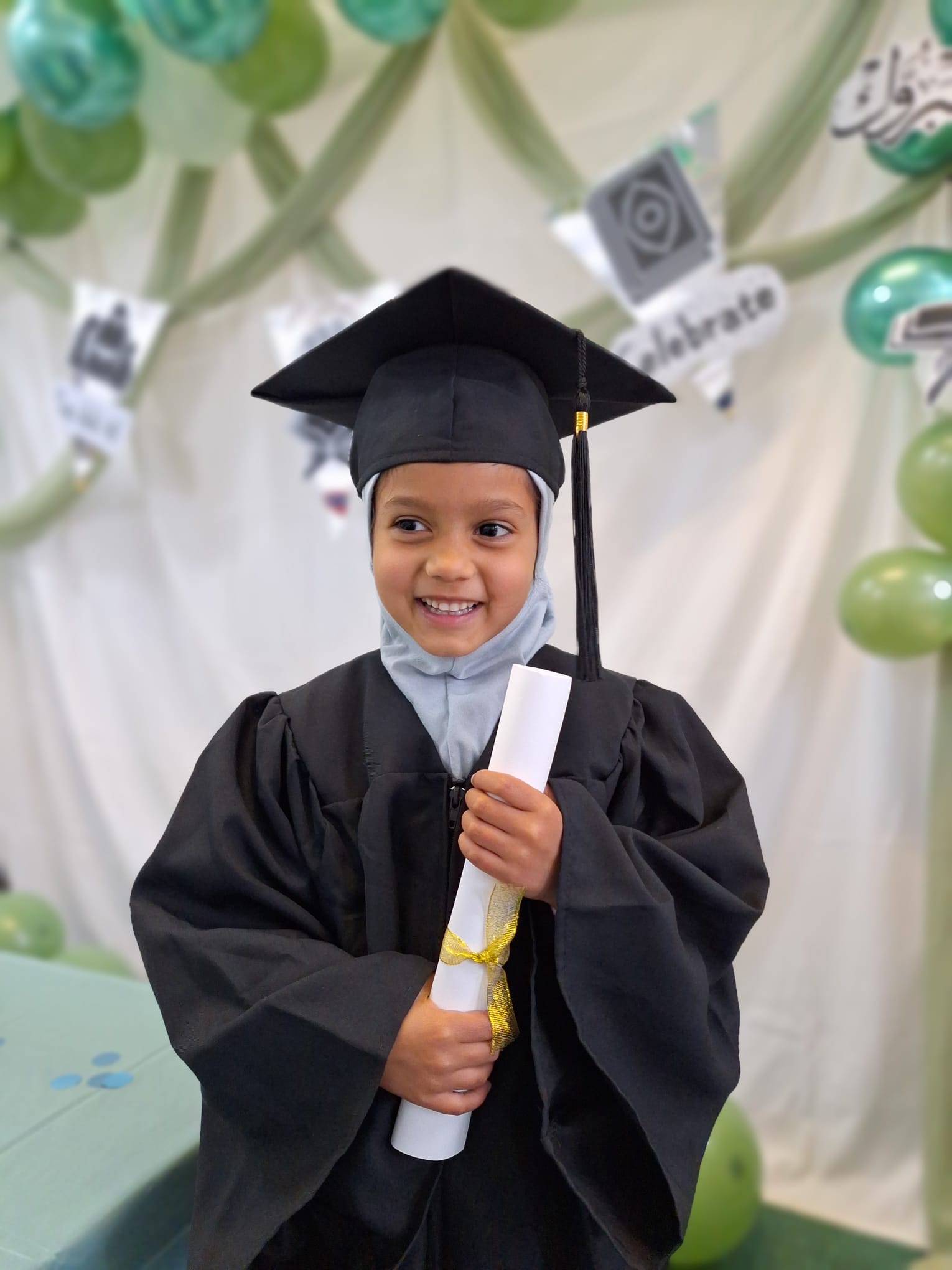Since the 20th century, Muslim communities have been looking for an educational model that is drawn in Islamic educational thought and meets the needs of today’s children and young people.
Shakhsiyah Education has developed a full educational model for children aged 3-14 years, through which we can support your school to adapt Shakhsiyah Education to your needs.
The Shakhsiyah Education model has been developed through trial and practice over 22 years of work in Shakhsiyah Schools, UK and through Dr Farah Ahmed’s philosophical and empirical research at the University of Cambridge. Our model has several layers that move in meaningful steps from Qur’an and Sunnah through to classroom practice:
Not sure what you need? Let us help!
Ḥadīth Jibrīl lays the foundation of our understanding in relation to the purpose, mode and practice of education. It provides us with a robust framework of understanding the key educational concepts of tarbiyah, ta’līm, and ta’dīb and the characterisation of education that we find in terms of imān, Islam and ihsān. These concepts directly relate to the outcome of education: the fulfilment of human potentiality and the process of education
At Shakhsiyah Education Consultancy, we support you in actualising this framework and creating a school model that nurtures the shakhsiyah of your learners.
Halaqah is the heart of our curriculum, in which learners and the educator sit in a circle and learn from each other through dialogue, following the sunnah of the Prophet Muhammad (saw). Halaqah acts as a starting point for all thematic learning and facilitates learners to connect their Islamic worldview with their subject areas. Halaqah thus draws together all the different subject-specific learning within a ‘theme’.
Book a consultation on Bringing Dialogic Halaqah into your school.

Book a Professional Development Session on the Principles of Shakhsiyah Education

Our approach to learning is interdisciplinary and thematic.
Our schemes of work consist of six-week long ‘themes’ that guide subject-specific inquiry-based learning centred through halaqah.
For example, in Year 4, learners would explore the water cycle in Science, and cyclical theories of the rise and fall of civilisations in History. This gives learners a holistic, connected, comprehensive worldview.




